
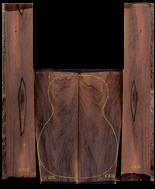 | Rosewood (Dalbergia latifolia)
|
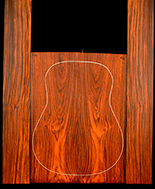 | Cocobolo (Dalbergia Retusa)
|
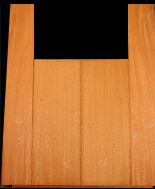 | Mahogany (Mahogany)
|
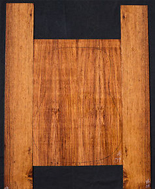 | L'Acajou du Honduras (Swietenia macrophylla)
|
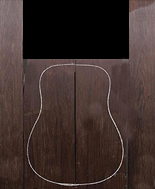 | African Blackwood (Dalbergia melanoxylon)
|
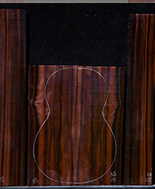 | Ebony (Diospyros celebica)
|
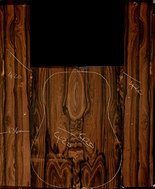 | Ziricote (Cordia dodecandra)
|
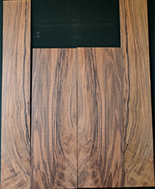 | Walnut (Walnut)
|
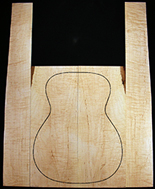 | Mapple (Acer macrophyllum)
|
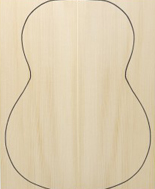 | European Spruce (Picea excelsa)
|
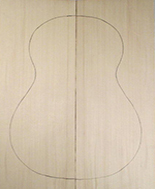 | Epicea Engelmann (Picea engelmannii) He's from North America. Just like his European brother, |
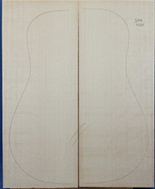 | Sitka Spuce (Picea sitchensis)
|
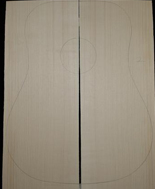 | Adirondack Spruce (picea excelsa)
|
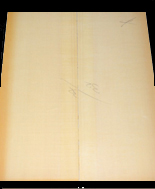 | Alpine Spruce (Picea abies)
|
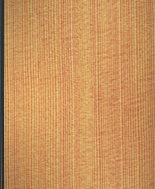 | Cedar (Chamaecyparis Lawsoniana)
|
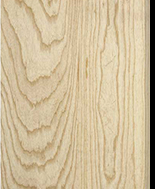 | Ash (Ash)
|
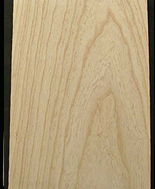 | Alder (Alder)
|
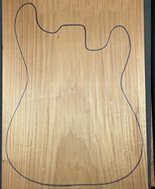 | Basswood (Basswood)
|
 | Poplar (Poplar)
|
